I have the following data
Input Rtime Rcost Rsolutions Btime Bcost
1 12 proc. 1 36 614425 40 36
2 15 proc. 1 51 534037 50 51
3 18-proc 5 62 1843820 66 66
4 20-proc 4 68 1645581 104400 73
5 20-proc(l) 4 64 1658509 14400 65
6 21-proc 10 78 3923623 453600 82
I want to create a grouped bar chart from this data such that x-axis contains Input field (as groups) and y axis represent the log scale for the Rtime and Btime fields (the two bars).
All solutions/examples I checked online had similar data put into a three column layout. I do not know how to use the data I have to generate the grouped bar-chart. Or if there is a way to convert this data (manually converting is not an options because it is a huge file with a lot of rows) into a R and ggplot compatible data format.
Edit :
Graph generated using gncs solution


